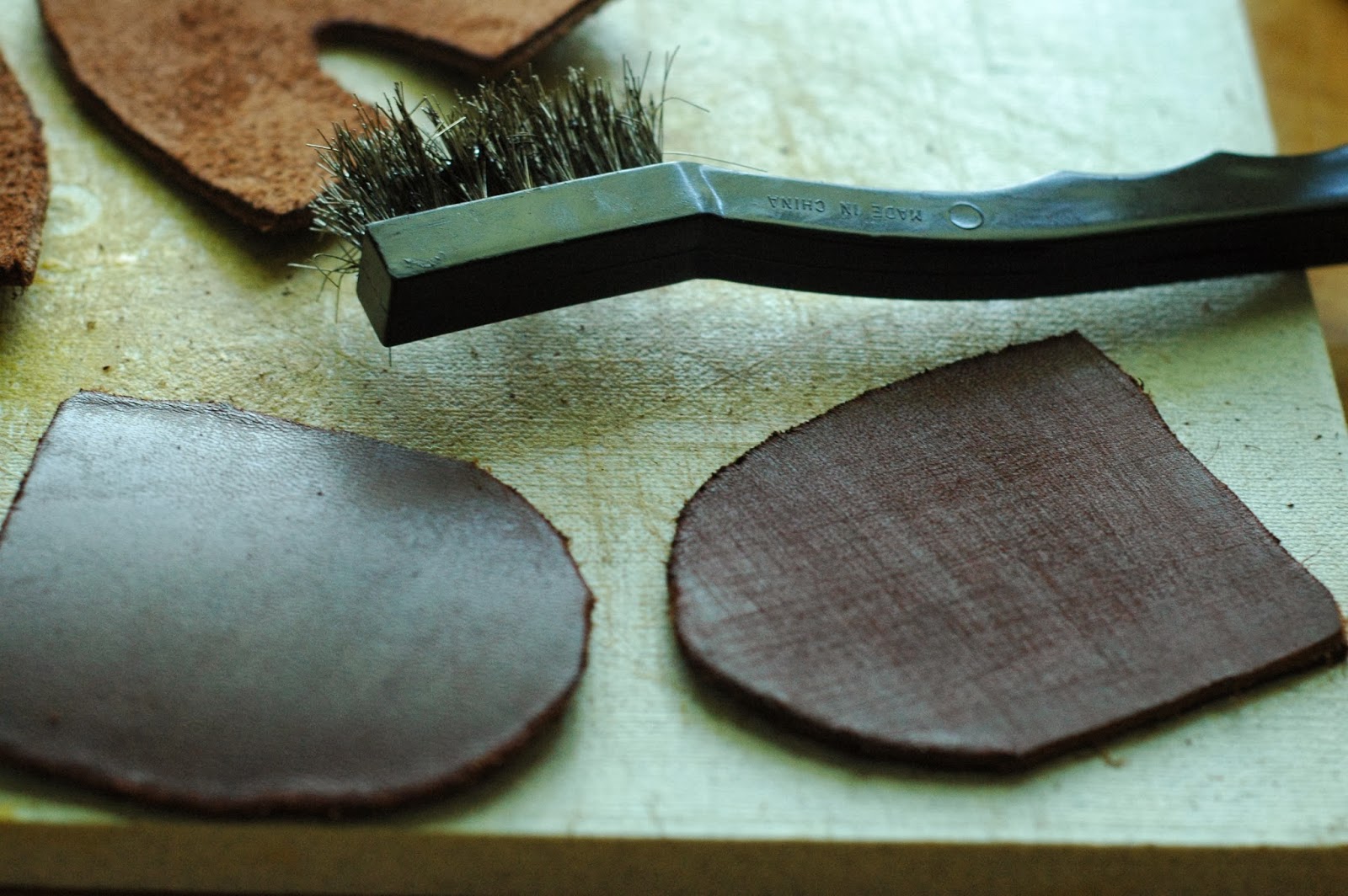This week I'm sharing my favorite Civil War corset method. It comes to you courtesy of Godey's Lady's Book, 1857, and World Turn'd Upside Down:
http://worldturndupsidedown.blogspot.com/2010/08/corset-pattern-from-ladys-home-magazine.html
A long time ago I made a Martha McCain Simplicity corset:
http://img0.etsystatic.com/000/0/6005678/il_fullxfull.172412376.jpg After hours and hours of altering, it still didn't fit properly -- it was so tight all around that in order to cinch the waist, it cinched the lungs as well, so you couldn't breathe. It was a gored pattern. It needed like 14 bones.
This is a gussetted pattern. Basically, you put triangles of fabric in at the bust and hips to add plenty of ease there, so you can still breathe when you tighten the corset. It is so comfy by comparison, and provides a lovely, structured hourglass shape with boning only in front and back.
To make the pattern, you measure yourself, do some math, and draw the pieces out. I might publish my formula, but if you think hard, you can deduce it from the period directions provided on the site.
Check your math twice. Or thrice. Cut your pieces very, very carefully. You might starch and iron your fabric before cutting.
If you did your math right, and you squish at the same rate as the average 1860's size woman, it fits. In other words, if you are very skinny or have a pre-teen figure, your waist might be less squishable, so to speak, and you might draft it with, say, only an inch reduction in the waist. If you are plus-sized, your waist might squish more, you very well might draft it with three to four inches reduction in the waist.
Voila!
I altered the pattern in one regard: all the gussets are triangular, no flat points on the hip gussets. I couldn't quite understand the directions on that, so I fudged it.
My corset is made of two layers of linen, from a thrift store tablecloth, and one layer of wool twill, from a thrift store pair of men's trousers, all heavily starched. I'm not sure how the starch will hold up to sweat, but it sure made the pieces a lot easier to work with. My first corset in this pattern was made with one layer of cotton corduroy and one layer of cotton shirting, and it wasn't quite substantial enough.
The boning in the front and back is some steel strapping and some unknown metal from the tops of some hanging folders. I would not recommend the steel strapping. I bought some on the internet thinking it was 60 feet for $5. Oh foolish I. It was 60 inches, and it had no spring to it. It wasn't even enough for the whole corset since it needed to be doubled up.
For plastic boning, I cut into a plastic vinegar jug. No kidding. It was an inch wide and 3 layers thick, but it turned out to be the perfect amount of support for the bust half-bones. The metal would have been too pokey.
The button-loop front I have instead of a busk isn't period accurate. I mean, there's no reason why they couldn't have done it that way, but I've never seen it on an existing corset. Maybe some pioneer woman did it on her plain work-a-day corset that didn't get saved for future generations. I don't know. I didn't want to special order a busk, and I did want to use the wonderful ceramic buttons from my friend Jess Hovde! I love the greenish bluish tinge they get in firing.
I skipped the metal grommets or "French Holes" and went with hand-done eyelets, courtesy of the Curious Frau:
http://www.curiousfrau.com/tutorials/88-how-to-make-beautiful-hand-bound-eyelets
Metal grommets were in use in the 1860's, but even the strongest grommets pull out eventually, and they're rough on the corset strings. Besides, they cost money, and hand-done ones are free. You can see which way I tend to go.
I was so happy with the corset that I flossed it, using Sidney Eileen's wonderful tutorial at
http://sidneyeileen.com/tutorials/sewing/corset-detailing/flossing/
Of course I didn't follow the directions exactly. I fudged it. And I've been told that flossing isn't period accurate for the 1860's, but I was having too much fun to stop. The original pattern had directions for a different kind of flossing where you drill a hole in the bone and sew through that to secure it, which I have seen on an extant 1860's corset. I should have done that, but I like the "American Primitive" aesthetic it ended up with.

































